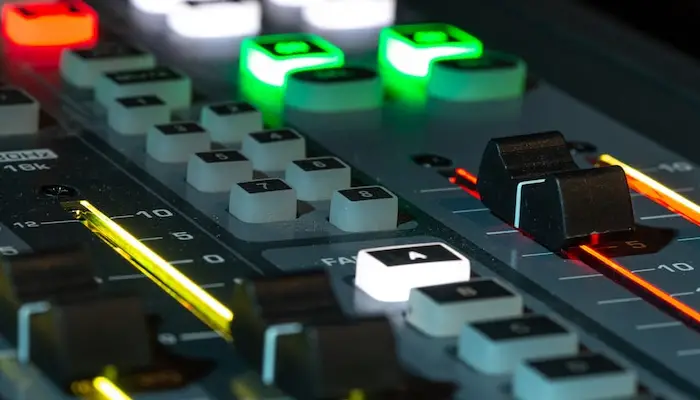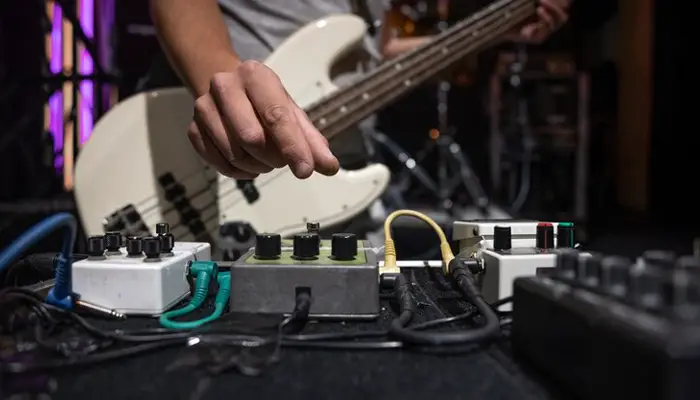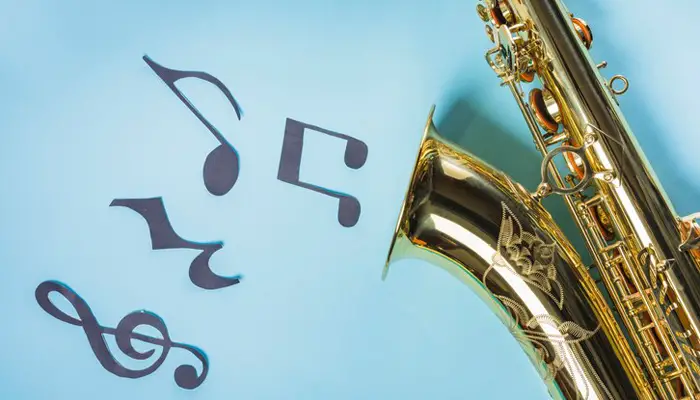
Have you ever pondered the meaning of program music? What Is Program Music?
While the term may sound familiar, its depth and intricacies often remain unexplored. In essence, program music constitutes a fascinating genre within instrumental compositions, seeking not merely to entertain but to narrate stories or evoke vivid imagery. Often labeled “absolute music,” it stands independently, devoid of verbal or extraneous accompaniment.
Exploration of Sources in Program Music:
Program music draws its inspiration from diverse sources – poetry, paintings, historical events, landscapes, and more – infusing musical elements that symbolize specific aspects of its subject matter. For instance, envision a composer crafting a piece inspired by Van Gogh’s “Starry Night.” They might employ high-pitched notes to signify stars twinkling in the sky, while lower-pitched ones evoke the rolling hills below. This connection between music and external stimuli enriches the listening experience, inviting audiences to immerse themselves in a multi-sensory journey.
Instrumentation in Program Music:
While predominantly crafted for orchestral ensembles, program music transcends boundaries, finding expression in solo instrument pieces or small ensembles. One of the most celebrated examples is Modest Mussorgsky’s “Pictures at an Exhibition.”
Illustrative Examples from “Pictures at an Exhibition”:
This piano masterpiece draws inspiration from Viktor Hartmann’s paintings, with each section representing a distinct artwork. Take, for example, “The Great Gate of Kiev,” perhaps the most renowned segment. It symbolizes Hartmann’s monumental gate design, despite never materializing. Through sweeping melodies and broad chords, the grandeur of the gate is vividly portrayed. Contrastingly, “Tuileries” offers a different sonic landscape, depicting children at play in a park. Employing lighter, delicate textures, this segment captures the innocence and joy of childhood. Such contrasts between sections contribute to a rich tapestry of imagery inspired by Mussorgsky’s source material.
Key Elements of Program Music:
Achieving a delicate balance between evocative imagery and cohesive storytelling is paramount in composing program music. To accomplish this, composers must meticulously consider three fundamental elements: form, tone color, and dynamics.
Form and Structure in Program Music:
The structure of program music often mirrors that of its narrative source. For instance, a piece inspired by Robert Frost’s “The Road Not Taken” might adopt a ternary form (ABA) to reflect the poem’s three crucial choices.
However, composers may also opt for abstract forms to highlight specific thematic elements. By aligning musical structures with narrative arcs, composers invite listeners on a journey of exploration and discovery.
Tone Color and Instrumentation:
Instrumentation plays a pivotal role in program music. Each instrument possesses a unique timbre (tone color) capable of producing distinct sonic effects. Woodwinds, with their airy timbres, are often employed to evoke open landscapes or outdoor scenes, while strings, with their warmth and depth, are apt for intimate settings or moments.
By carefully selecting instruments, composers paint sonic portraits that resonate with listeners on emotional and sensory levels.
Dynamics and Narrative Expression:
The manipulation of dynamics (loudness/softness) is instrumental in conveying the narrative in program music. Crescendos and decrescendos are commonly used to signify changes in scenery or shifts in mood. Sudden dynamic changes can also be employed to evoke shock or surprise in the listener.
Through dynamic contrasts, composers infuse their compositions with tension, drama, and emotional depth, creating immersive experiences that captivate audiences.
Conclusion: What Is Program Music
This article has endeavored to unravel the intricate tapestry of program music, shedding light on its narrative potential and artistic depth. However, to truly appreciate this genre, one must delve deeper, exploring the myriad examples that offer nuanced insights into the effective utilization of programmatic elements in instrumental compositions.
By embracing the interplay between music and narrative, listeners can embark on transcendent journeys of imagination and emotion, discovering new dimensions of meaning and expression within the realm of program music.
Meanwhile, you can also check out Why isn’t Garth Brooks on Apple Music.
Frequently Ask Questions
What does program music mean?
Program music is a genre of instrumental composition that draws inspiration from non-musical sources, such as poetry, stories, paintings, or landscapes. The composer imbues the music with elements that help depict the chosen subject matter.
What is program music in the romantic era?
The Romantic era saw a surge in program music compositions. This was fueled by a renewed interest in nature and imagination, prompting composers to create music that evoked specific emotions or images in the listeners’ minds.
What are some examples of program music?
Notable examples of program music include “The Rite of Spring” by Igor Stravinsky, “Pictures at an Exhibition” by Modest Mussorgsky, and “The Sorcerer’s Apprentice” by Paul Dukas.
That’s all for the guide of what is program music. You can also check out How to Listen to Music on FaceTime and How to Repeat a Song on Apple Music.



